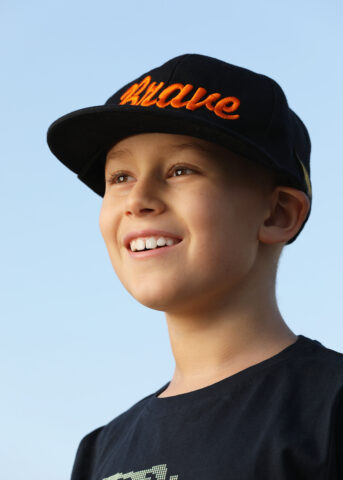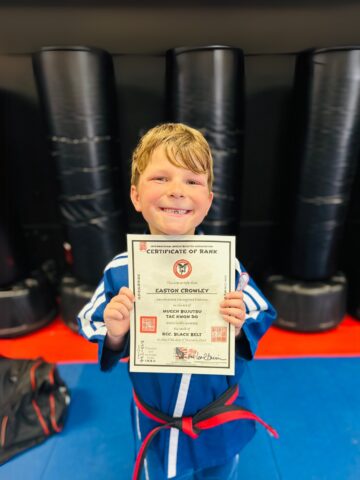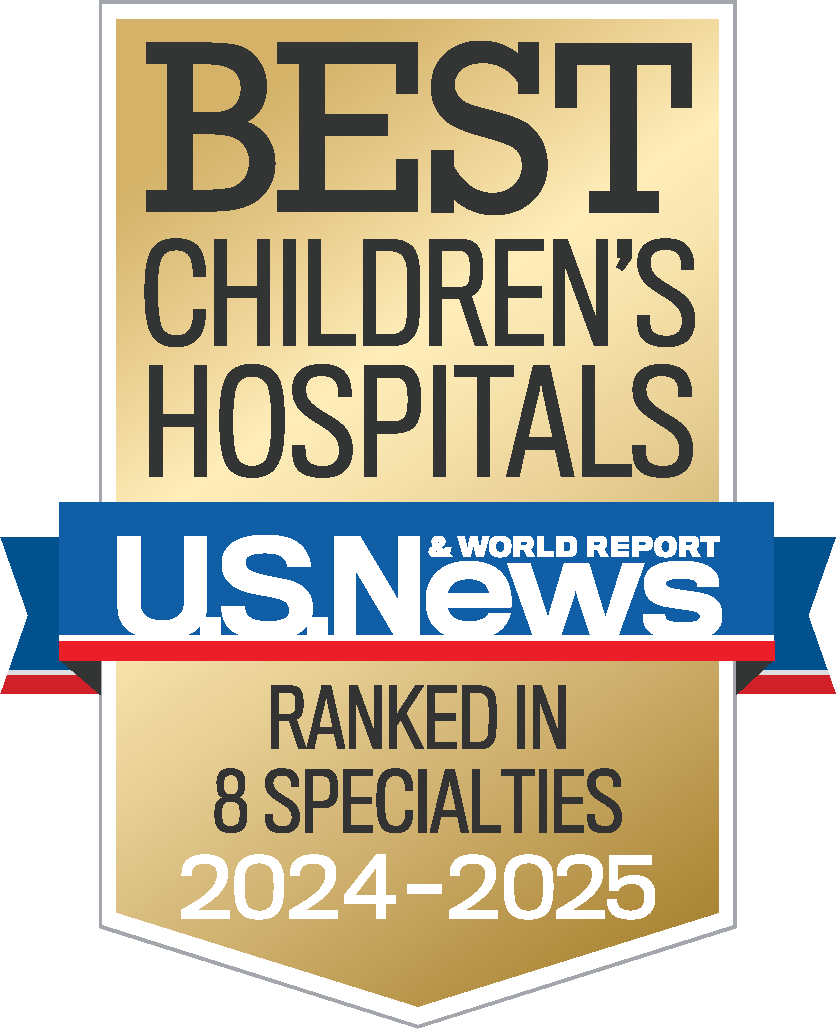A teacher years ago bestowed an apt nickname on Rylee Christe: Smiley Rylee.
“She’s a very social, happy child,” says her mom, Sara. “She got that name from her preschool teacher. It just stuck forever. She’s always smiling.”
But despite her happy disposition, Rylee had a big roadblock: frequent disruptive seizures. And Sara wanted nothing more for her young daughter than to enjoy her childhood without this burden.
The problem
In 2013, a pediatrician diagnosed a 4-year-old Rylee with complex partial seizures. Suddenly, Rylee’s mouth would twitch and cause saliva to bubble. She’d be unresponsive to questions. While the family awaited an appointment with a specialist, the seizures quickly increased in frequency, sometimes up to 30 a day.
One day, Sara knew she couldn’t wait any longer and took Rylee to an emergency department. An electroencephalogram, or EEG, detected abnormal brain activity, confirming the pediatrician’s diagnosis of complex partial seizures. Imaging also revealed a lesion on Rylee’s brain.
An odyssey to stop the seizures began. Doctors ordered multiple tests and prescribed several types of medications. But the seizures continued. They moved to another hospital and found some temporary relief, but the seizures began again.
Finding a guide
The Christe family’s next stop was CHOC, where they saw Dr. Mary Zupanc, medical director of neurology at the CHOC Neuroscience Institute and director of CHOC’s Pediatric Comprehensive Epilepsy Program.
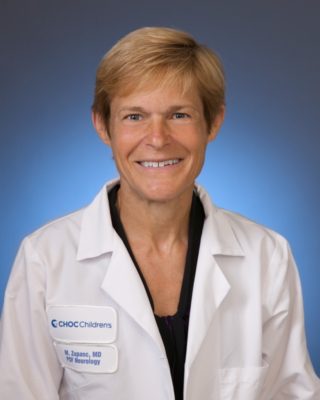
Dr. Zupanc, who has worked with thousands of patients with epilepsy throughout her career, understood exactly how distressing an epilepsy diagnosis can be for families and how debilitating seizures can be.
“We had been through the woodwork trying to get to where we are now, to find the amazing doctor that we needed,” Sara says.
A plan at last
First, Dr. Zupanc ordered long-term video EEG monitoring of Rylee’s brain activity. Another round of imaging revealed another lesion, this time in the left frontal lobe.
Dr. Zupanc then worked to get Rylee’s seizures under control, trying two medications previous care teams hadn’t. After the seizures reduced to about one or two a night, the Christe family headed home.
Next, Dr. Zupanc set out to stop the seizures for good. It was clear though that Rylee would need more than medication. Dr. Zupanc raised the prospect of brain surgery.
“At first, I was hesitant to move forward because any mention of surgery for your child is terrifying,” Sara says. “But brain surgery? Come on.”
But Dr. Zupanc explained to the family that evidence shows more than 70 percent of patients with seizures may benefit from surgical intervention; that children respond and recover well from surgery because of the plasticity of their young brains; and that surgery should be considered sooner than later.
Taking action
The family agreed to explore the option, moving forward with subsequent testing, exams and lab work needed to determine if Rylee was indeed a surgical candidate. After reviewing the results, a team of CHOC specialists agreed that she would benefit from surgery.
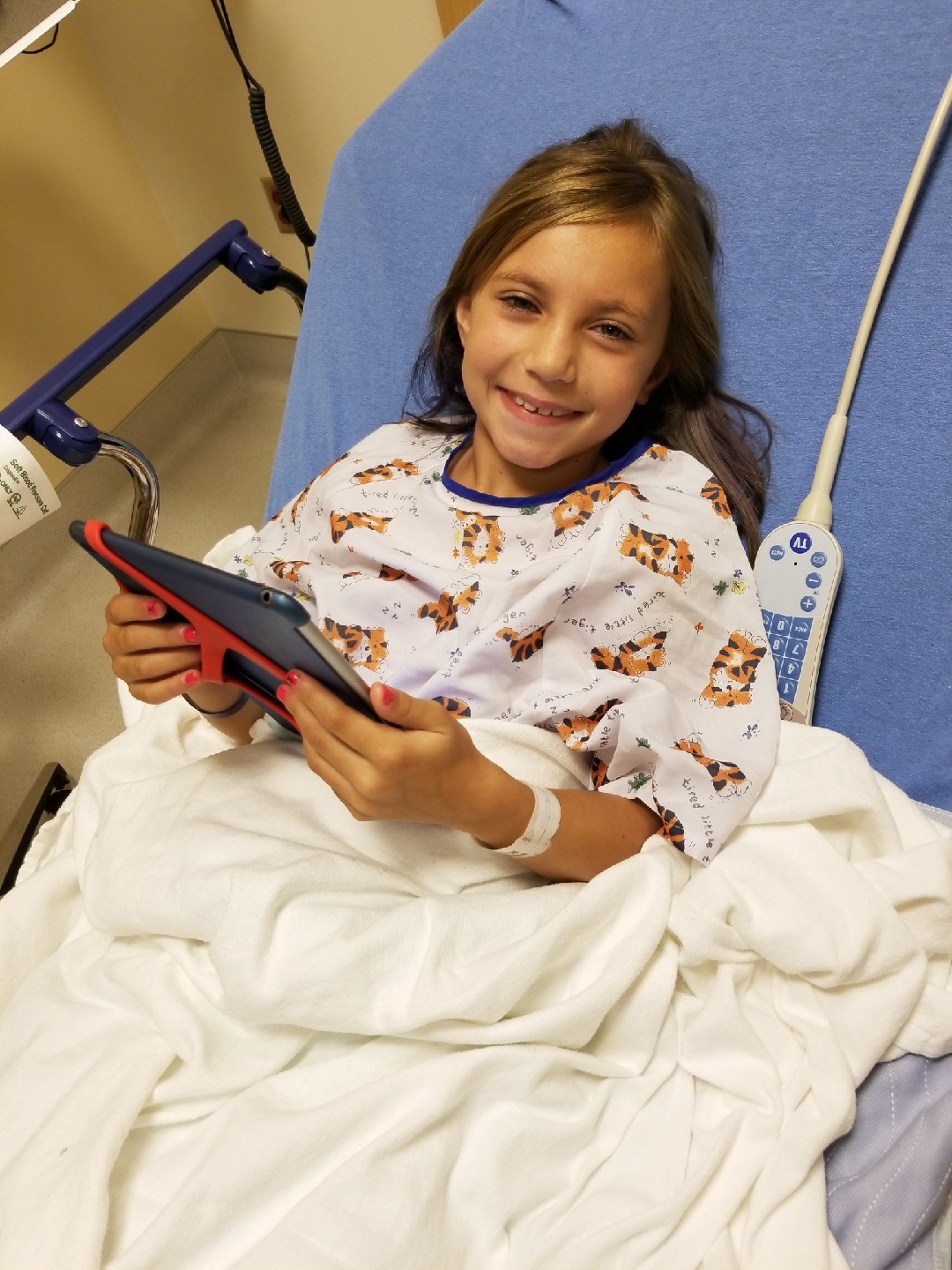
Next for the Christes was a brain mapping session at CHOC Hospital. During the procedure, Dr. Joffre Olaya, a pediatric neurosurgeon who is specially trained in epilepsy surgery, opened Rylee’s skull and placed an electrical grid on her brain. Later, Dr. Zupanc would record Rylee’s seizures to pinpoint the seizure focus. She also stimulated the electrodes on the grid to determine the location of Rylee’s motor area and speech and language center in the brain.
Three hours of testing confirmed Dr. Zupanc’s suspicion that Rylee’s seizures were originating from the left frontal lobe. The physicians were confident if Dr. Olaya removed the lesion there, the seizures would stop.
The procedure wasn’t without risks though. Drs. Zupanc and Olaya cautioned Sara that the surgery could leave her daughter with some impairments like a facial droop, speech problems and even some paralysis.
Sara and Rylee weighed the risks with the benefits of a childhood without seizures and decided to move forward. Three days later, she underwent a successful surgery with no complications.
Back to being a kid
After four days of recovery at the hospital, Rylee and Sara headed home. The next week, Rylee returned to school on an adjusted schedule and was begging her mother to use her roller blades and ride her bicycle.
Now, about six months past her surgery, Rylee, 9, hasn’t had a single seizure. She remains on medication, but it’s likely her dosing may decrease after a few years.
Life for the Christes has changed dramatically.
“Quality of life has improved so much for the whole family,” Sara says. “I can sleep at night. It feels like I haven’t slept in five years.”
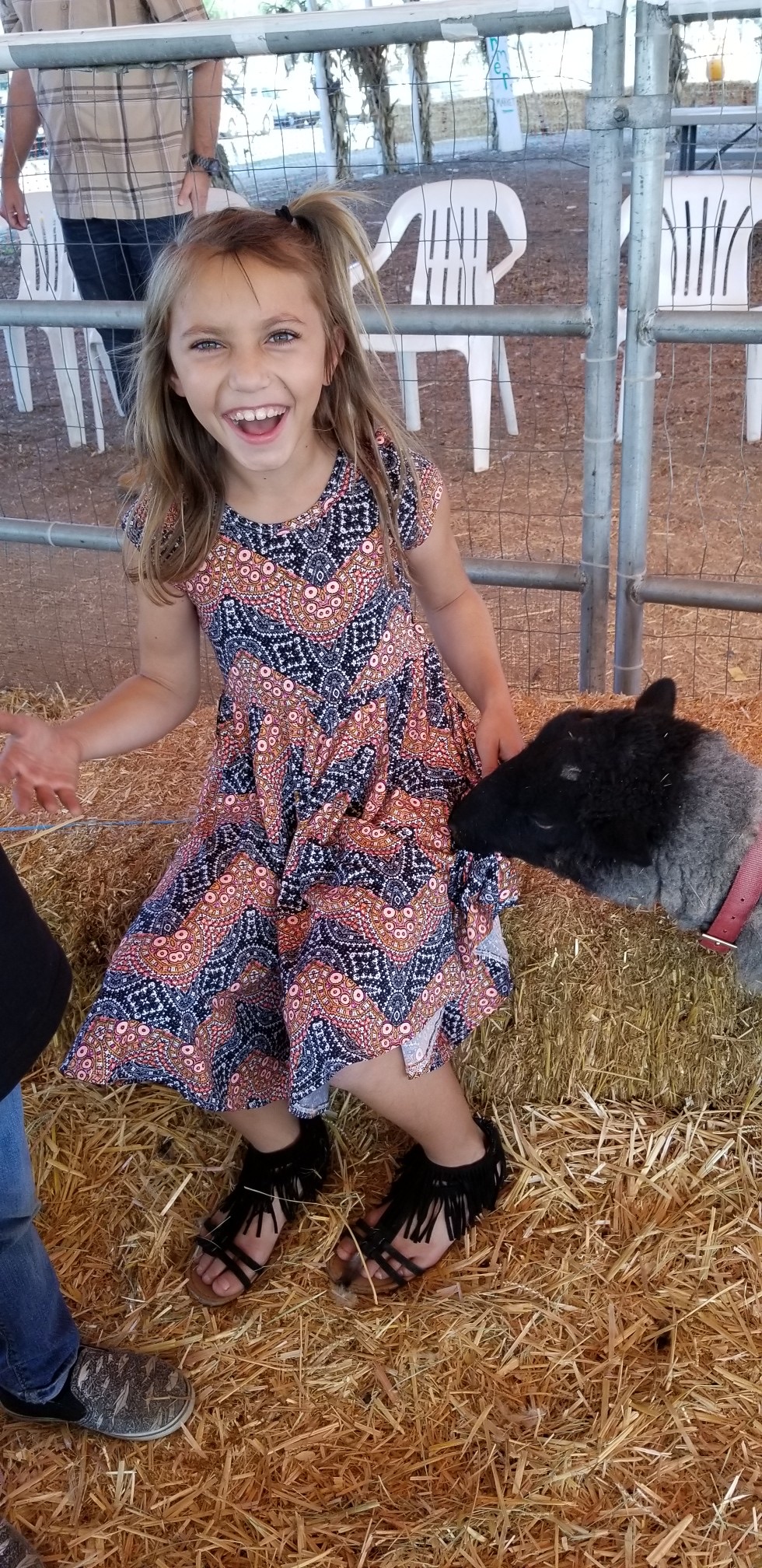
And Rylee, who will likely remain on medication for the rest of her life with close following by her physicians, is in fourth grade and back to enjoying her childhood.
“She loves to dance and sing, and she can remember the words to every song she sings,” Sara says. “She loves to swim and ride bikes, and her favorite thing in the world is mermaids.”
Get more expert health advice delivered to your inbox monthly by subscribing to the KidsHealth newsletter here.
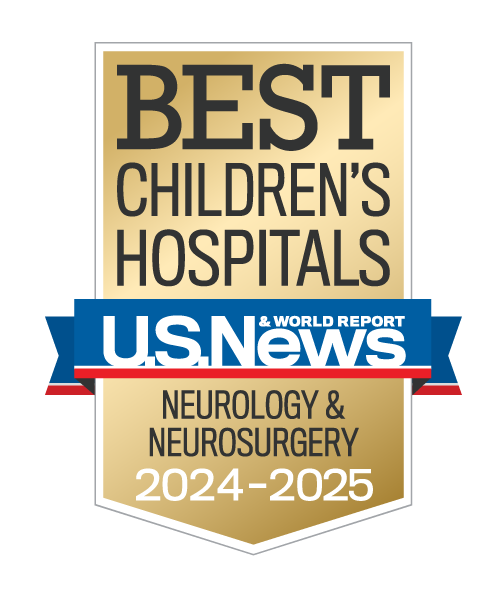
Learn more about CHOC’s Neuroscience Institute
CHOC Hospital was named one of the nation’s best children’s hospitals by U.S. News & World Report in its 2024-25 Best Children’s Hospitals rankings and ranked in the neurology and neuroscience specialties.

